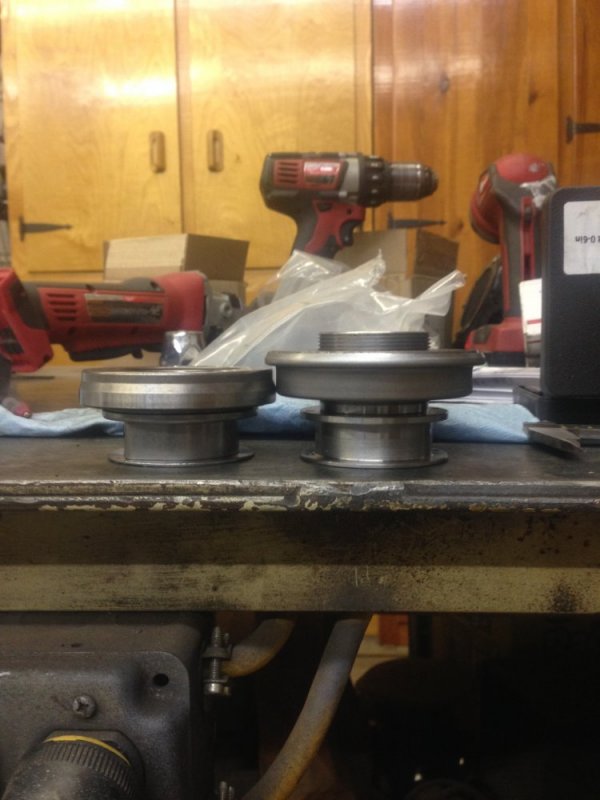MrMarty51
Well-Known Member
And when You go to the parts store for the new slave cylinder, stand on the parts counter persons head, until they fully understand that they are looking up that part for a diesel.
Might be best to check with the transmission shop for a slave cylinder, or even a clutch rebuilder shop.
They should know better than anyone what it takes for this clutching system..
Might be best to check with the transmission shop for a slave cylinder, or even a clutch rebuilder shop.
They should know better than anyone what it takes for this clutching system..


